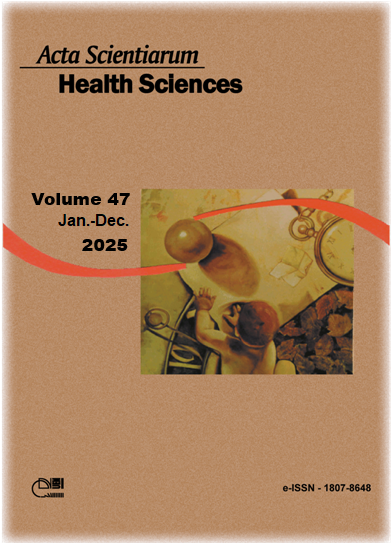Significance level of uric acid in serum to predict mortality in patients with acute kidney injury
Resumo
Acute kidney injury is widely recognized in acute urate nephropathy, but hyperuricemia is now considered as a threat for acute kidney injury and its mortality. The objective of the study was to observe the effect of uric acid levels in patients with acute kidney injury as a predictor of mortality. A cross-sectional study was conducted at inpatients nephrology department of Pakistan Institute of Medical Sciences, Islamabad from May 2019 to May 2020. The outcome of the study was measured in terms of normal and elevated uric acid levels in acute kidney injury patients. 196 patients with acute kidney injury, who were followed up through history, examination and serum markers included in this study. The association of the outcome with serum uric acid levels was analyzed using the chi-square test.The mean age of the patients was 46.54 ± 19.06 years. It included 115 (58.7%) males and 81 (41.3%) females. The average level of uric acid was 7.29 ± 2.35 mg/dL. 158 (80.6%) patients were discharged and 38 (19.4%) expired. Serum uric acid is positively interrelated with renal function test levels. The correlation was significant with a p-value ≤ 0.05. The mean uric acid of individuals who expired was significantly more than the mean uric acid of discharged patients (p = 0.0001). Out of 158 discharged patients 56 (35.44%) had hyperuricemia and out of 38 expired patients 32 (84.2%) had hyperuricemia. As a result, it was seen that among the patients who had expired increased levels of uric acid were seen (p>0.0001). The study concluded that high uric acid is a predictor of the outcome of patients with acute kidney injury.
Downloads
DECLARAÇÃO DE ORIGINALIDADE E DIREITOS AUTORAIS
Declaro que o presente artigo é original, não tendo sido submetido à publicação em qualquer outro periódico nacional ou internacional, quer seja em parte ou em sua totalidade.
Os direitos autorais pertencem exclusivamente aos autores. Os direitos de licenciamento utilizados pelo periódico é a licença Creative Commons Attribution 4.0 (CC BY 4.0): são permitidos o acompartilhamento (cópia e distribuição do material em qualqer meio ou formato) e adaptação (remix, transformação e criação de material a partir do conteúdo assim licenciado para quaisquer fins, inclusive comerciais.
Recomenda-se a leitura desse link para maiores informações sobre o tema: fornecimento de créditos e referências de forma correta, entre outros detalhes cruciais para uso adequado do material licenciado.























5.png)







